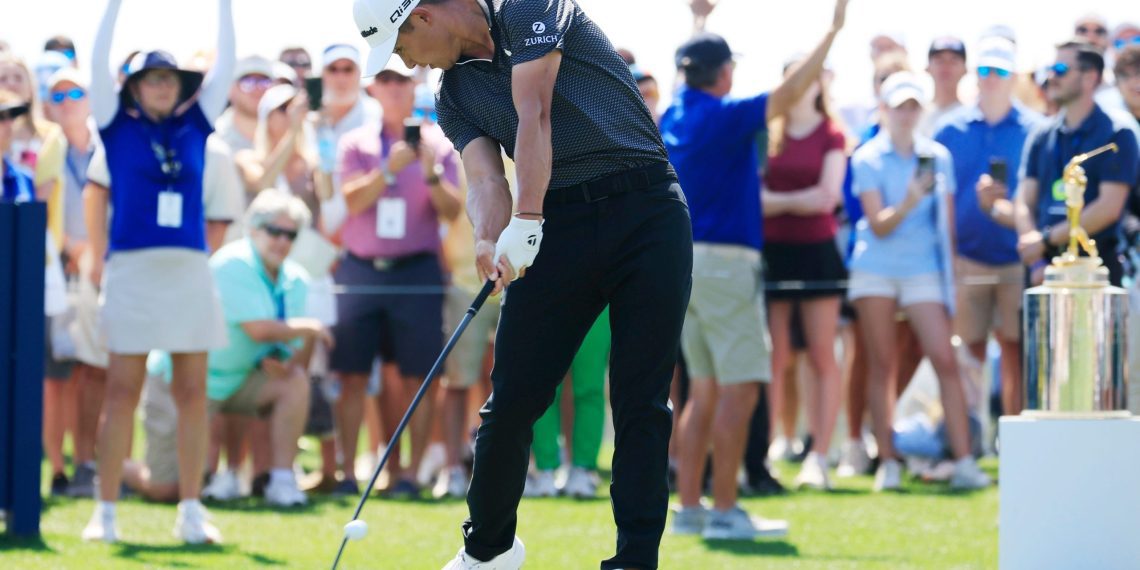Collin Morikawa, the two-time major winner, has found himself at the center of a media storm after refusing to fulfill his media obligations following the final round at the Arnold Palmer Invitational. His attendance at a press conference on Tuesday at TPC Sawgrass, where he asserted that he “doesn’t owe the media anything,” sparked widespread criticism from the golf world.
Todd Lewis of the Golf Channel, known for his pointed commentary, did not mince words in a recent episode of the Golf Channel Podcast with Rex & Lav. “He doesn’t owe us anything,” Lewis began, acknowledging Morikawa’s status as a top-tier player. However, he was quick to point out the reality of the symbiotic relationship between players, fans, and media. “But I completely agree with you, he does owe the fans… and without those fans, Collin Morikawa wouldn’t be a multi-millionaire living lavishly in Las Vegas.”
Indeed, Morikawa’s success is inextricably linked to his fans, something he acknowledged when responding to the backlash. He voiced his respect and gratitude for his supporters, saying, “It hurts to hear people say this, and especially you guys. I was signing for every single person right after the round, whether they wanted it or not. Not a single person from media went to go follow me because, I don’t know. But that’s me.”
Despite his previous willingness to engage with the media, as seen during an in-round walk-and-talk interview during the Sony Open in Hawaii, Morikawa’s recent comments suggest a misunderstanding of the media’s role in golf’s ecosystem. As Lewis points out, the media serves as a crucial conduit between players and fans, a point Morikawa seems to have overlooked.
It’s important to remember that golf journalists perform a pivotal role in the sport’s financial structure. They are the main link connecting players to their fanbase worldwide, distributing players’ opinions, quotes, and videos. This symbiotic relationship benefits everyone involved, but especially the players themselves.
Professional golf’s financial backbone is built on fan engagement, viewer interest, and sponsor investment—all of which are heavily influenced by the media’s storytelling and access. Unlike other sports where revenue is predominantly driven by ticket sales, golf’s economic model is largely dependent on broadcasting rights, sponsor activation, and long-term fan engagement.
The role of media in the world of professional golf goes beyond the boost to their egos. As Lewis noted, “We have a responsibility to give our viewers, to give our listeners, to give our readers the best information we can because that’s our passion.”
The annals of professional golf carry stories of talented players who failed to connect with their fans and ultimately faded into the background. In contrast, players with better media acumen often enjoy enduring careers and lucrative endorsement deals. The difference lies in a player’s understanding of how media contributes to brand building and the overall growth of the sport.
While Morikawa may not feel he owes anything to Lewis personally, he cannot dismiss the fact that the media, represented by professionals like Lewis, is crucial to the ecosystem that funds his lucrative career. It’s a harsh reminder that media obligations are not just about answering questions; they’re about maintaining a relationship with the fans that make his career possible.









